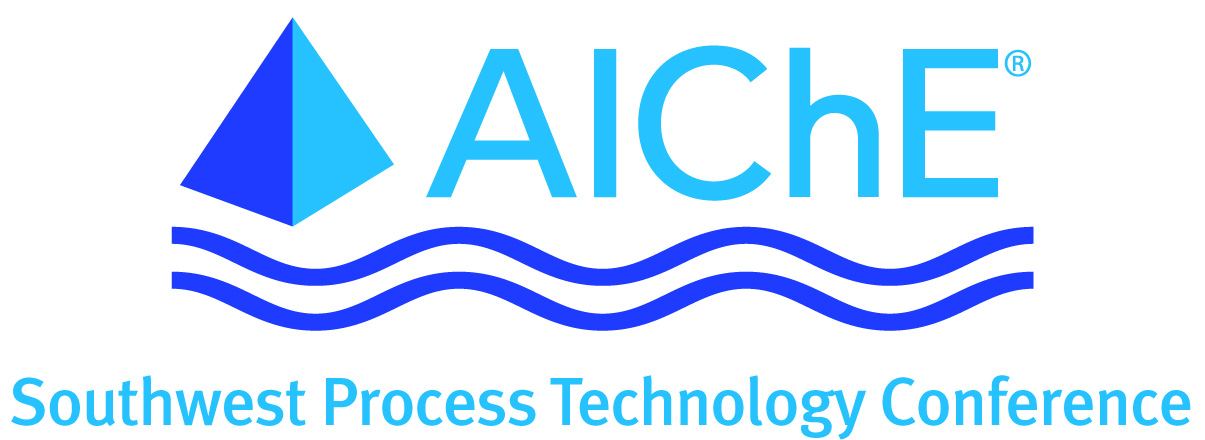

Often the selectivity of tubular membranes is initially gauged by measuring the permeance of the gas components separately and taking the ratio of these values to get an ideal selectivity. The actual selectivity of the membrane for the binary mixture is almost always lower. By creating models of the binary gas flow within the tubular membrane, a more accurate prediction of the selectivity of the binary mixture from the individual components can be established. This presentation will focus on the flow in the tubular membranes for separating the components in gas mixtures. In particular, the relationship between the relative permeance of the gas component, the flow through the tubular membrane, and diffusion across boundary layer will be demonstrated. Additionally, improvements in tubular membrane designs to enable the binary selectivity closer to the ideal selectivity will be discussed.
